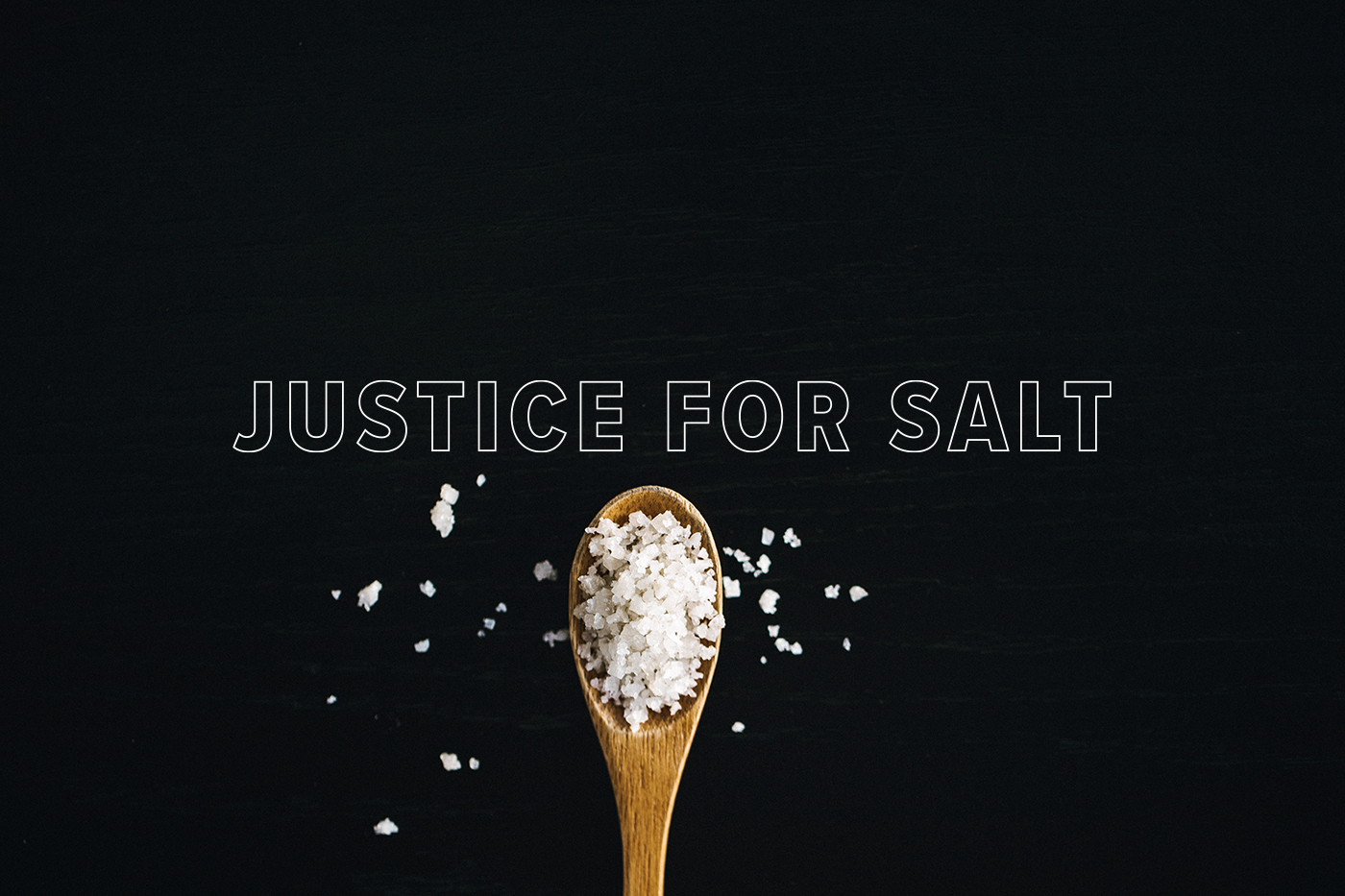The Truth About Heart Health:
Why Salt Isn’t the Enemy
We’ve never been afraid of an unpopular opinion — especially when it comes to fitness and health trends. A lot of common advice is based on fear rather than facts, and when it comes to heart health, one of the biggest misconceptions is about sodium.
Is Salt Really That Bad?
We’ve all heard it: Cut back on salt! It’s been drilled into us that sodium is a villain, responsible for everything from bloating to high blood pressure. And while there’s truth to the idea that too much salt (especially from processed or fast foods) can be a problem. The real issue is balance, not elimination.
Sodium plays a crucial role in keeping our bodies functioning properly. It helps:
- Balance fluids and electrolytes
- Support muscle contractions
- Allow nerve signals to communicate properly
Find yourself reaching for that quick meal? Help avoid those overly processed and fast foods by keeping a well stocked pantry to keep your sodium in balance. Check out our blog post for some ideas.
Finding the Sweet Spot
For individuals with high blood pressure, monitoring sodium intake is important. But for the general population, sodium is actually one of the most essential minerals in our diet. Instead of fearing it, focus on quality and moderation. Aim for about 2,300 mg per day and pair it with proper hydration to keep your body running at its best.
However, this number isn’t one-size-fits-all, especially if you:
- Exercise regularly and sweat heavily
- Work in hot environments
- Have certain medical conditions
- Take specific medications
Processed Foods vs. Natural Sodium
Here’s what often gets overlooked: there’s a big difference between the sodium in processed foods and mindfully adding salt to your whole-food meals. Here are some practical tips for balanced sodium intake:
Focus on Whole Foods
- Cook meals from scratch when possible
- Use fresh ingredients rather than processed foods
- Season mindfully with quality salt
Stay Hydrated
- Drink water throughout the day
- Increase intake during exercise
- Listen to your body’s thirst signals
Monitor Your Individual Response
- Pay attention to how different sodium levels affect you
- Consult with healthcare providers about your specific needs
- Adjust intake based on activity level and health status
While many packaged and fast foods pack unnecessary amounts of sodium along with other less-desirable ingredients, adding a pinch of quality salt to your home-cooked meals can actually support your health goals. Check out MyPlate to learn more about becoming salt smart.
Balance Over Restriction
We believe in sustainable, realistic approaches to health. Just as we encourage balanced exercise routines that you can maintain long-term, we advocate for a balanced approach to nutrition. This means:
- No more villainizing single nutrients
- Understanding your body’s individual needs
- Making informed choices based on science, not fear
- Finding sustainable approaches that work for your lifestyle
When it comes to health and fitness, the best approach is usually the balanced one. Let’s work together to find what works for YOU.
This article is for informational purposes only and should not be considered medical advice. Always consult with your healthcare provider about your specific nutritional needs.
Why Salt Isn’t the Enemy


